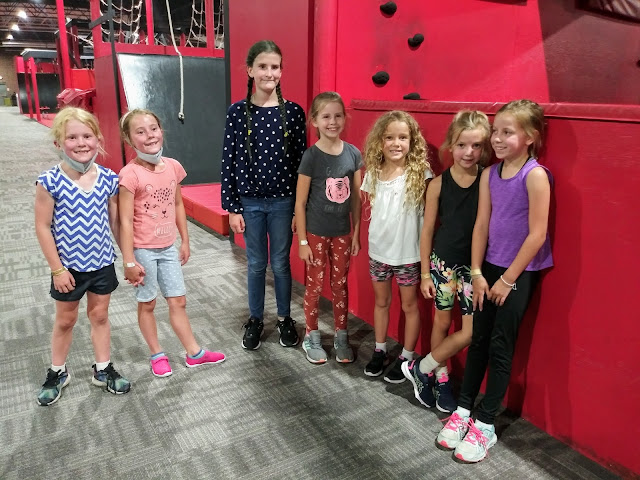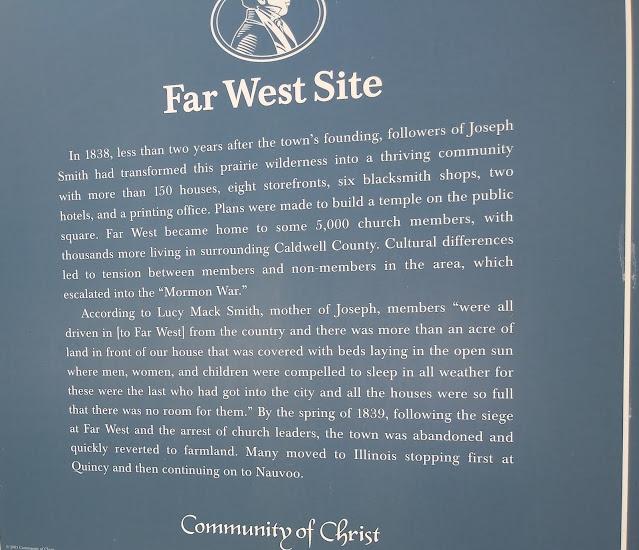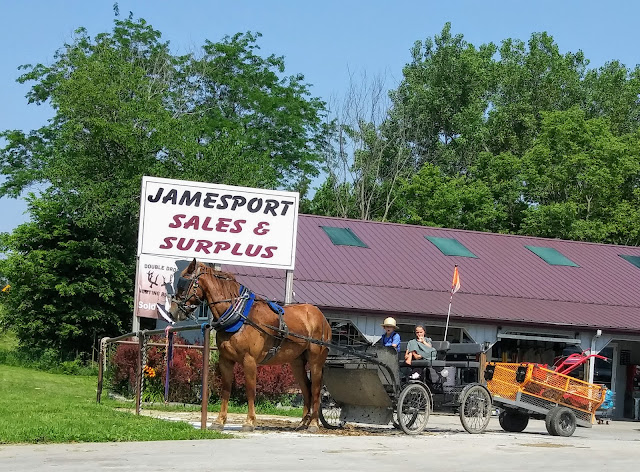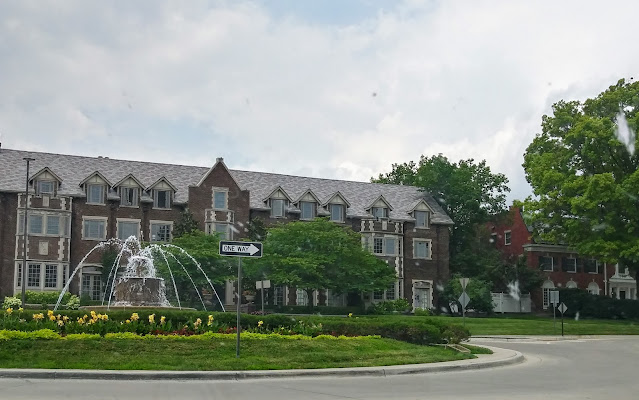I came back that night to watch the balloon show (firing up to music)
In the meantime I went to neighboring city Orem to the museum, Cries of Freedom The Musical put on by youth theater (U.S. and other Countries' cries of freedom), and the very moving swearing in of 20 new U.S. citizens from 14 countries.
New citizens from Brazil, Tonga, Venezuela, and DR bore testimonials about earning their citizenship.
****************
On July 3 my daughter Emily, grandson Aaron, and I flew to Kansas City for a disc golf tournament in Emporia, Kansas, wildlife preserve, Amish town and historical sites of pioneer and personal family history in Missouri and Kansas. It was a fun, whirlwind trip. Here are some highlights.
The Kansas City, Missouri LDS Temple
The "Nautilus,"Temple of the Community of Christ, the group that broke with the mainstream Church of Jesus Christ of Latter Day Saints, when most members began the trek west to settle in Utah. There are other offshoot groups headquartered in Independence, Missouri.The Church of Jesus Christ of Latter-Day Saints' visitors center in Independence, across the road from the Community of Christ's Nautilus.
Fireworks were sold and going off all weekend.
Our first night we stayed across the street from the Truman House.
The neighbor across the street opposed Truman marrying his daughter because he wasn't of the proper social standing, fearing Harry Truman would never amount to anything! He was U.S. President from1948-53.
We liked the prayer in our Hotel Higher Ground. Would that we all were so welcoming to all we meet!
******************
Liberty Jail (brief summary of Mormon persecution in Missouri)
In October of 1838, mobs and militia antagonistic toward the Mormons laid siege to the Mormon settlement of Far West, Missouri, having received an Extermination Order from Missouri governor Lilburn W. Boggs. The leaders of the Church were given conditions of surrender—the settlement was comprised of only a few hundred people, and the militia of over 3,000 men. The conditions of surrender were as follows: (1) The leaders of the Latter-day Saints were to be taken into custody; (2) the personal property of the Saints was to be confiscated to pay costs, damages, debts suffered by citizens of the state of Missouri; (3) all arms belonging to the Saints were to be confiscated; and (4) all Latter-day Saints had to leave the state. Joseph Smith agreed to meet with militia leaders to avoid bloodshed, but was imprisoned and condemned to be shot without a trial. General Samuel D. Lucas ordered the execution, but General A. W. Doniphan refused, calling the order "cold blooded murder. Joseph Smith and other leaders were held in Richmond for two weeks while a trial was held. The trial was a travesty of justice, but some of the men were released. On November 30, 1838, Joseph Smith, Hyrum Smith, Sidney Rigdon, Lyman Wight, Alexander McRae, and Caleb Baldwin were taken to Liberty Jail (used 1823-1853) to await another trial. They had been charged with treason against the state of Missouri, an exaggerated and unjust charge.
Liberty jail was more like a dungeon. It was twenty-two feet square and had two levels for incarceration, both below the ground. A hole in the floor of the top level was the only way to get to the lower level. The only way out of the jail was through a trap door in the ceiling. The ceilings on both levels were so low that two of the men who were confined there were never able to stand up straight. There were “inner and outer walls which, combined, were four feet thick. Loose rocks were placed between the walls to thwart any attempt at burrowing through.” The men were forced to stay in Liberty Jail for four months during a bitterly cold winter. There were narrow openings which provided the only light in the prison. Unfortunately, these openings also let in the cold. Conditions were horrible. The prisoners were often sickened by rotten or poisoned food. Along with these deplorable conditions, Joseph and the others also worried for their families and the society of saints who were being driven from their Missouri homes in the midst of winter.
The time in Liberty Jail, however, was not without its blessings. The jail has been nicknamed the “Temple Jail,” because Joseph Smith received many important revelations there. He also had time to reflect on gospel principles. Joseph Smith received the revelations found in Doctrine and Covenants 121, 122, and 123 while imprisoned at Liberty. At one point, Joseph pleaded with the Lord: O God, where art thou? To this cry, the Lord responded:
- My son, peace be unto thy soul; thine adversity and thine afflictions shall be but a small moment; and then, if thou endure it well, God shall exalt thee on high...
The cornerstones of the Far West Temple were laid before the Saints were driven out, heading temporarily for Quincy, Illinois, before their slightly more permanent settlement in Commerce/Nauvoo, Illinois. Several important revelations were received here. The property now belongs to the Church of Christ, which split off later.
**********************
Hawn's Mill, near Far West, was a Mormon settlement , scene of a bloody massacre against Mormons by anti-Mormons on October 30, 1838. We feared getting stuck in the mud, but made it to the site of mill on the river, which has disappeared. Aaron caught some frogs.
 We were not really tempted to buy Amish clothing but enjoyed the children's books and food products in their general stores.
We were not really tempted to buy Amish clothing but enjoyed the children's books and food products in their general stores.This rug, in the guestroom where he and others stayed, was given as a gift from Roosevelt. The head curator came to take our photo!
Missouri is very green, but we were glad to have mosquito repellent! We loved the fireflies, however!
I was thrilled to visit the small towns that were my father's Allen (in Sedalia) and Blanchard (in Marshall/Grand Pass) parents' birthplaces, before the families came to California in the 1880's and 1890's, as well as the gravestone of my great great grandparents. Hiram was a child of the first Blanchard immigrant to America.
Sedalia central plaza and courthouse
Back in Kansas we headed west of Emporia to the Tallgrass Prairie Preserve. The Flint Hills region (once a vast Permian inland sea) is one of the last remaining (11,000 acres) such ecosystems in the world and is home to many birds, animals (bison, beaver, raccoon, badger, rabbit), flowers. Much of it disappeared as settlers moved west and bought up or were given this rich land for ranches and farms.
We were very impressed with the beautiful campus of U. of Kansas in Lawrence, my last stop before my flight back to SLC from Kansas City, Missouri. Emily and Aaron stayed a few more days for disc golf.
Back in Utah I enjoyed the 8th birthday of my grand-daughter Evie.

from left: Stephanie, Elise, Lucie, a friend, Evie, and friends.

















































































Thanks for sharing your heritage.
ReplyDeleteElder Allen